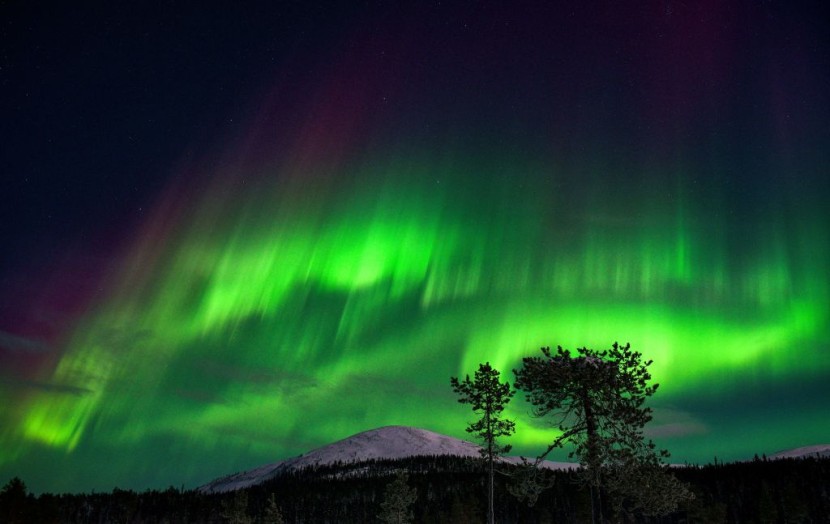
As the Autumn Equinox has passed, many in the northern hemisphere will now have the opportunity to see the northern lights, or aurora borealis, as the colder and longer nights begin to grow at this time of the year.
But it is also expected that this year's light show will be more prominent as the Sun reaches the peak of its 11-year cycle.
What is an Aurora?
An aurora is an astronomical phenomenon that directly results from increased solar activity, particularly the existence of sunspots and solar flares that are being emitted outward into the solar system as solar wind.
The Earth's magnetic field deflects most of the particles of the solar flare, but some of it penetrates into the upper atmosphere, particularly in the polar regions, where they collide and energize gas molecules. As these molecules lose energy again, they release photons of light, which make up the auroras.
The type of excited molecule and the collision's altitude would determine each aurora's color. The most common are pale yellow and green from oxygen molecules around 120 to 180 km up. Red auroras are less frequent than yellow and green ones as they are generated from oxygen around 200 km above the ground, while red-purple auroras come from nitrogen below 100 km.
Read Also: More HNGN Science and Health News
A More Pronounced Aurora For Years to Come
According to New Scientist, recent observations of sunspots show a dramatic increase from last year and that Earth is approaching the expected peak of the 11-year solar cycle in 2024 and 2025.
What this meant is that the northern lights would probably be stronger than they have been for at least a decade. Scientists also told NBC News recently that this cycle's auroras would be the highest activity of the past 20 years.
If the predictions are correct that strong solar flares are expected, the northern lights might be visible in southern latitudes. Those interested in monitoring how strong auroras would likely be can check out the National Oceanic and Atmospheric Administration (NOAA) website if they are in the US or the free app AuroraWatch UK for British night sky watchers. Both sites provide half-hourly (30-minute) updates and predictions of solar activity.
How to See and Capture Auroras?
Those interested in looking at the northern lights should do so in a dark spot with obvious skies, ideally in a rural area where light pollution is non-existent. However, very bright auroras can also be seen in a city with clear skies. Auroras are not visible in cloudy skies.
As the aurora is visible in the northern sky, it is best to look towards it. It would also be ideal to allow the eyes to adjust to properly see them, as auroras are much subtler if viewed by the naked eye.
For those who want to take photographs of the aurora, a camera with a digital display could help confirm that an aurora is visible. While most smartphone cameras are adequate enough to snap a photo, those with purpose-built digital cameras with tripods can try a long exposure shot with the shutter speed set to a few seconds.
© 2025 HNGN, All rights reserved. Do not reproduce without permission.








